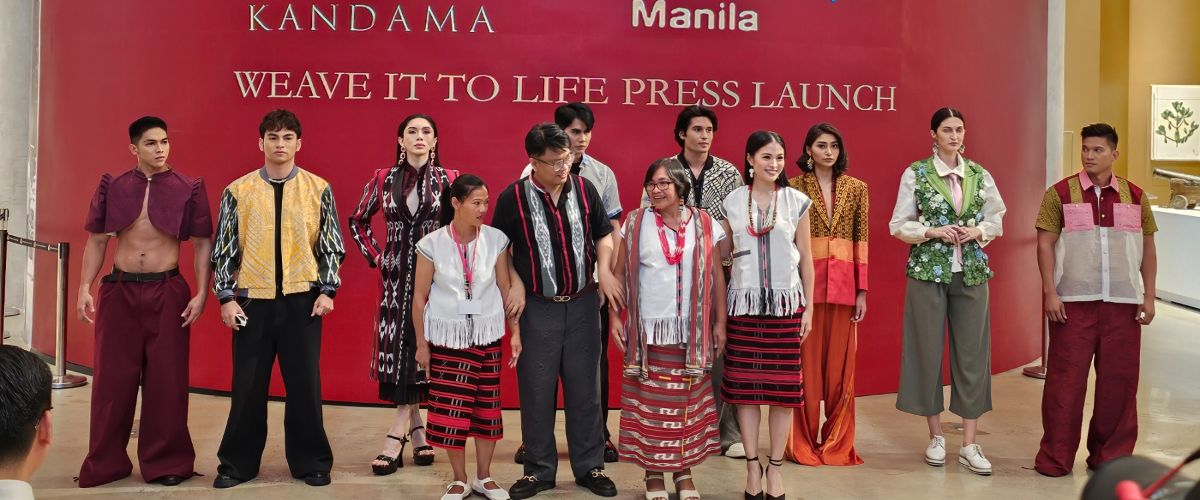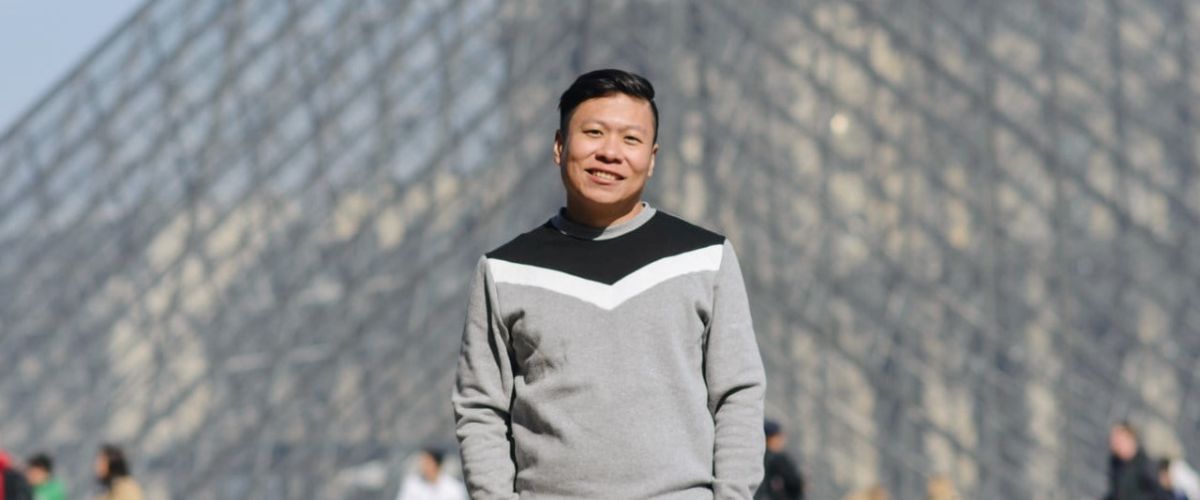On June 2, 2025, the Centro de Turismo in Intramuros, Manila transformed into a platform for a national call to action. The media launch of “Weave It to Life”, a collaborative initiative between Kandama Collective and JCI Manila, brought together journalists, cultural advocates, development partners, and Indigenous leaders to unveil a bold and urgent mission: the construction of the Julongan Weaving Center in Kiangan, Ifugao.
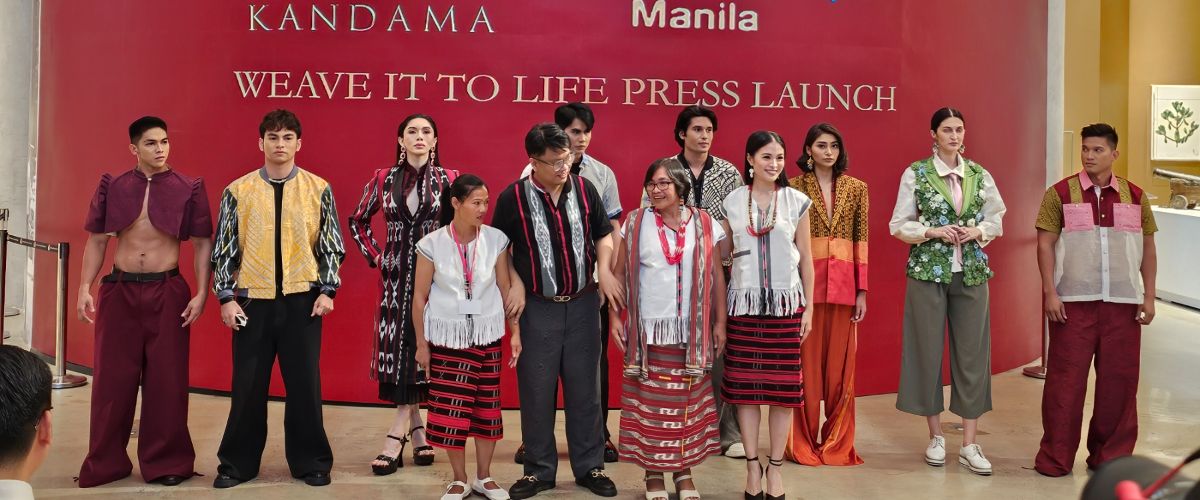
Spearheaded by Kandama Collective as part of its ongoing commitment to preserving Indigenous culture through social enterprise, Weave It to Life gains momentum through its partnership with JCI Manila, whose support has been crucial in mobilizing resources, organizing events, and broadening the campaign’s reach. The media launch and upcoming benefit show are being driven by JCI Manila’s Special Projects Directorate, with leadership from Project Chairman JC Fetalvero, supported by Co-Chairman Niven Kho, Agustin Cruz (Logistics), Tyrone Ang (Finance) and commissioner Clarence Santos, under the guidance of Director Joshua Rueben Aragon.

A defining feature of the initiative is the architectural vision for the weaving center, entrusted to Christian Salandanan—a board topnotcher, sustainability advocate, and proud JCI Manila member. As one of the principal architects of the iconic SEA Games Pavilion through Sangay Architects, Salandanan is known for his mastery of organic materials, especially bamboo, and for designing structures that harmonize with their natural and cultural environments. His design for the Julongan Weaving Center seamlessly fuses contemporary functionality with Ifugao traditions, setting the stage for a space that is not only practical but also a lasting symbol of cultural pride and ecological integrity.
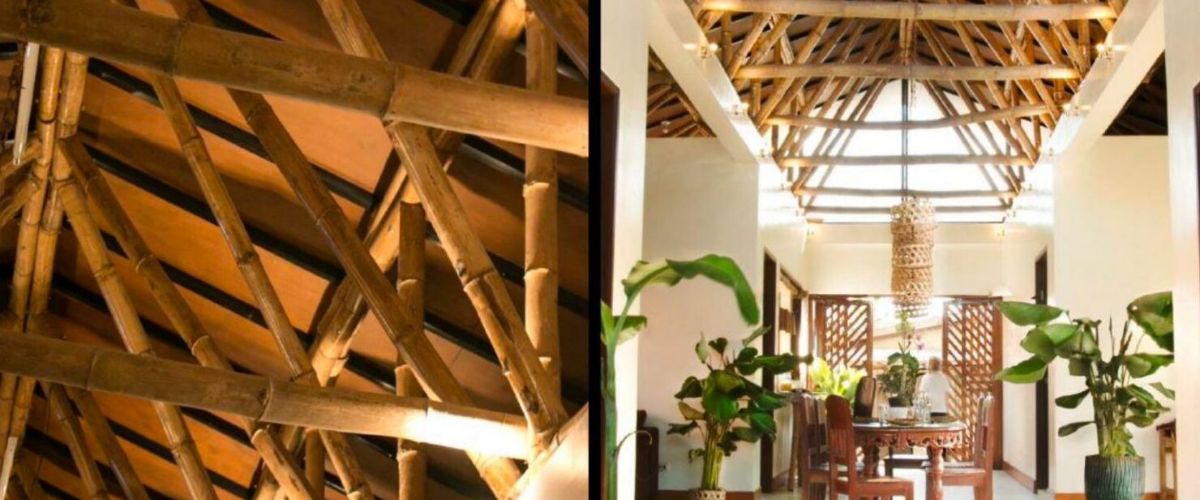
Restoring Culture, Reviving Livelihood
At the center of the discussion was one clear message: Ifugao weaving is not dying—it is being left behind. Not for lack of skill or beauty, but because the economic systems that support it are collapsing.
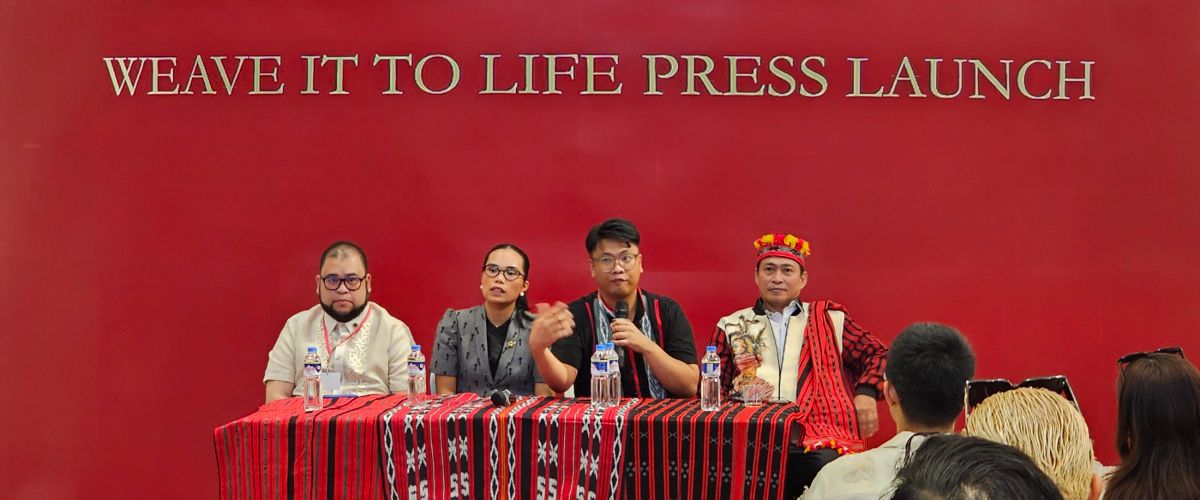
“The reality is, our weavers are not just artisans—they are mothers, daughters, breadwinners,” said Victor Baguilat Jr., TOYM awardee and CEO of Kandama. “But they’re being forced to leave their looms and go to cities, or even abroad, just to survive. That breaks something—not just in our communities, but in our culture.”
Baguilat explained that the weaving center is a response to this growing crisis of displacement.
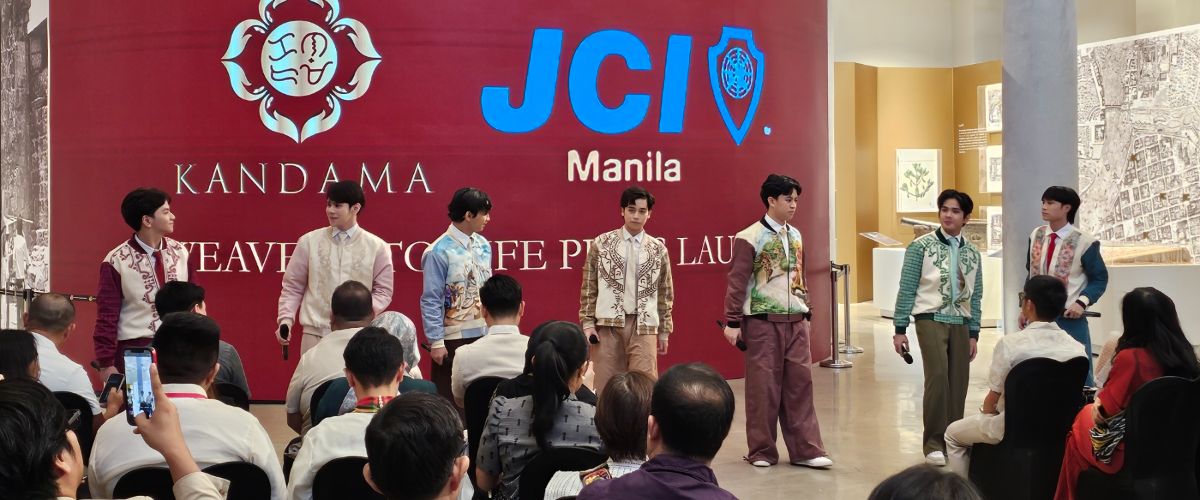
“Without safe, dignified spaces to work, these women are at the mercy of seasonal demand, middlemen, and the sheer difficulty of commuting with looms on their backs. Some work in cramped homes, others in improvised sheds. We’re building this center so they won’t have to choose between feeding their families and preserving their heritage.”
“And it’s not just about physical space. We want to build an ecosystem,” he added. “The center will have proper weaving stations, childcare for mothers, a showroom for guests, and even an Airbnb. When we say sustainability, we mean cultural, social, and economic.”

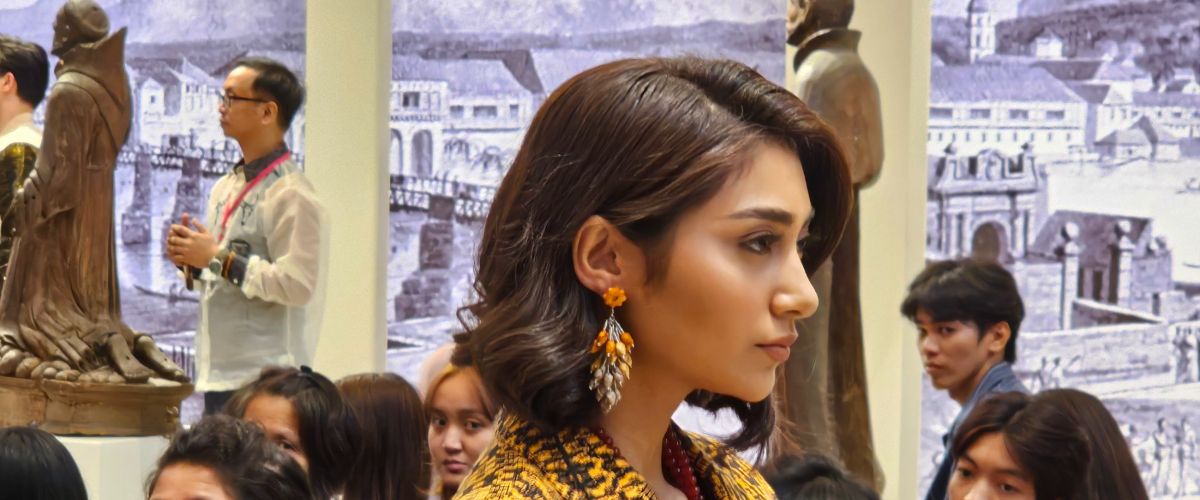
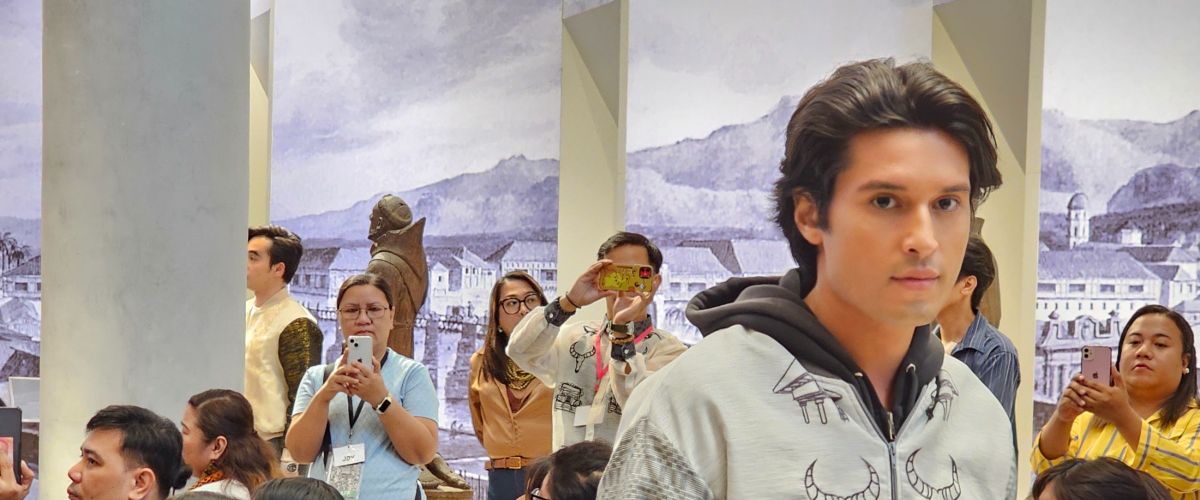

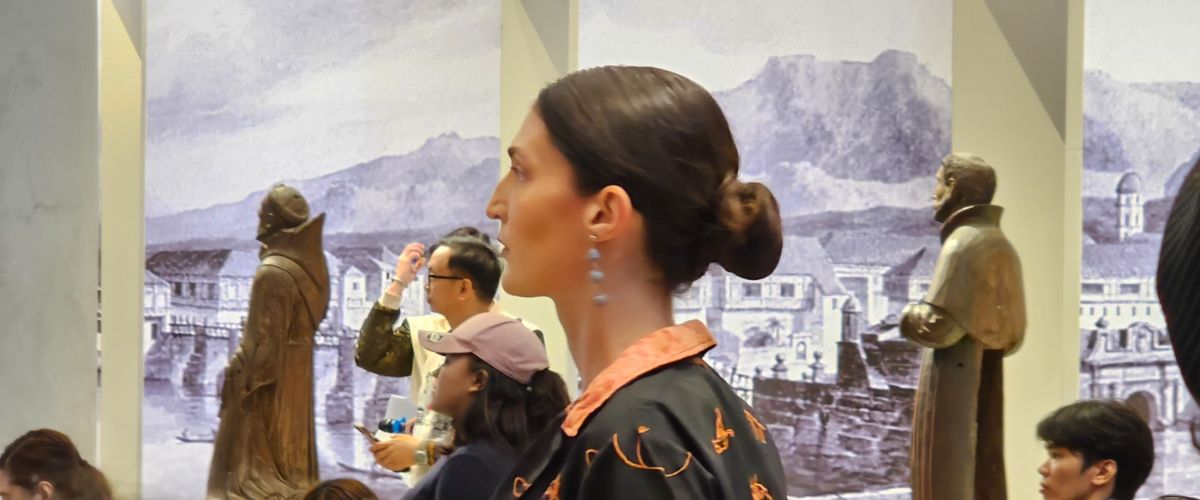
A Race Against Time
Former Ifugao Representative Teddy Baguilat Jr., known for his lifelong advocacy for Indigenous peoples, gave a passionate reflection on the urgency of the project.
“We often celebrate the rice terraces as one of the wonders of the world. But we don’t talk enough about the people who made them,” he said. “Our farmers and artisans are leaving—not because they don’t love their culture, but because their culture no longer feeds them.”
“When you walk through Ifugao today, you’ll find empty terraces and abandoned looms. The youth are leaving. They’re looking for work elsewhere. And when they go, they take with them the knowledge of our ancestors,” he added.
“Weaving is not a hobby. It’s not a side job. It is a livelihood, and it can be a future—if we choose to invest in it.”

Baguilat explained that weaving is directly tied to the survival of the terraces themselves.
“You want to protect the rice terraces? Give people a reason to stay. Weaving is one of those reasons. It allows women to earn without leaving their homes. It creates pride. It creates community. It keeps culture alive.”
The Power of Partnerships
For JCI Manila, this is more than a seasonal campaign—it’s an expression of the organization’s core belief that economic justice can be achieved through free enterprise, inclusive development, and creative partnerships.

“This is JCI in action,” said Director Joshua Rueben Aragon. “Through our Baby Jaycees, we are proving that young leaders can make a real difference by supporting ideas that matter and communities that are too often overlook.”
“This partnership with Kandama gives us the opportunity to serve, not just through charity, but through long-term impact. We’re not just building a structure—we’re helping to rebuild lives,” added Project Co-Chairman Niven Kho.

The media launch also previewed Kandama’s “Executive Outlaws” collection, which fuses urban tailoring with ancestral weaves, and announced the silent auction of pieces worn by cultural icons such as SB19, Lea Salonga, and Gazini Ganados
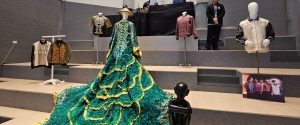
Looking Ahead: The Main Event on July 27
The initiative will culminate in a benefit fashion show on July 27, 2025, at The Manila Hotel, where over 500 guests are expected from sectors including fashion, philanthropy, government, and media.
Aside from JCI Manila, the campaign is also supported by the AIM – Dr. Andrew L. Tan Center for Tourism, and sponsored by the Department of Tourism, Intramuros Administration, Cebu Pacific, Banaue Heritage Hotel, Rex Bookstore, Empleyado Inc., and Trining’s.
With every thread woven, “Weave It to Life” moves one step closer to creating a space where Indigenous heritage is not just preserved, but empowered. Because when women can stay, create, and thrive—the culture survives with them.
